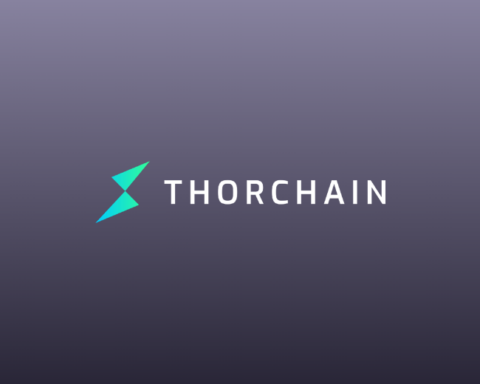The Swiss Financial Market Supervisory Authority (FINMA) has introduced new guidelines for stablecoin issuers, aiming to strengthen regulatory oversight and reduce financial risks.
This initiative responds to rising concerns about the impact of stablecoins on regulated financial institutions and the broader financial system.
FINMA’s recent guidance proposes that stablecoin issuers be classified as financial intermediaries.
This classification underscores the heightened risks of money laundering, terrorism financing, and sanctions evasion associated with these digital assets.
Stablecoins, digital assets tied to traditional currencies or other assets, have seen a surge in adoption.
However, their rapid growth has raised global regulatory alarms due to potential illicit activities and misuse.
In its July 26 guidance, FINMA stressed that stablecoin issuers must adhere to the same Anti-Money Laundering (AML) standards as traditional financial entities.
This includes verifying the identities of stablecoin holders and establishing the beneficial owners’ identities.
“The stablecoin issuer is therefore considered a financial intermediary for Anti-Money Laundering legislation and must, among other things, verify the identity of the stablecoin holder as the customer following the applicable obligations (Art. 3 AMLA) and establish the identity of the beneficial owner (Art. 4 AMLA),” FINMA stated.
FINMA also outlined how stablecoin issuers can operate without a banking license under certain conditions, ensuring depositors are protected.
Issuers are required to maintain a bank guarantee in case of default, providing a safety net for customers.
The framework specifies minimum requirements for these guarantees, mandating that issuers inform customers, adhere to guarantee limits, and allow immediate claims in the event of insolvency without waiting for a certificate of loss.
Although FINMA believes these measures enhance depositor protection, they do not provide the same security level as a banking license.
Nonetheless, the regulator is committed to mitigating default risks and ensuring that stablecoin issuers meet stringent standards to protect customers.
The stablecoin market has expanded significantly, reaching record market capitalization in 2023.
In response, regulators worldwide are rapidly establishing guidelines for this swiftly evolving sector.
According to the “PwC Global Crypto Regulation Report 2023,” at least 25 countries, including Switzerland, had implemented stablecoin regulations or legislation by the year’s end.
To submit a crypto press release (PR), send an email to sales@cryptointelligence.co.uk.




